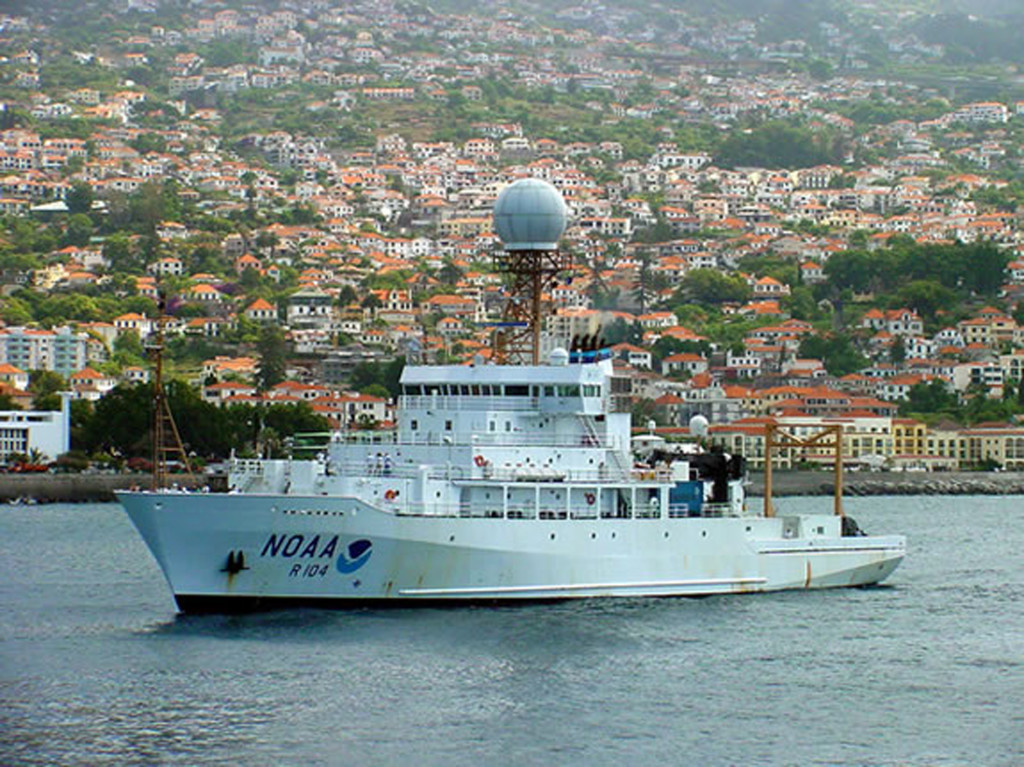Mare Island firm wins contract to fix NOAA’s Ronald H. Brown
Mare Island Dry Docks has been awarded another contract, this time worth $1.9 million, for a National Oceanic and Atmospheric Administration ship’s repair, U.S. Rep. Mike Thompson, D-Napa, announced.
The Ronald H. Brown, a NOAA research vessel, will be dry docked and repaired by the Vallejo company.
Thompson, Benicia’s and Vallejo’s representative in the House, said Wednesday the contract will create 45 to 50 jobs at Mare Island.
“This is another economic win for Solano County, the city of Vallejo, and Mare Island,” he said.
“The acquisition of the Ronald H. Brown contract is another big step toward Mare Island reclaiming its status as a center of economic activity in the Bay Area.”
He said the ship is named for Ron Brown, the late secretary of the Department of Commerce who died in a plane crash while on an official trade mission to Croatia.
The ship, a state-of-the-art oceanographic and atmospheric research vessel, was commissioned July 19, 1997, in its home port of Charleston, S.C., to support NOAA’s oceanic and atmospheric research projects.
It is sent worldwide to participate in scientific studies, and has sailed in the Atlantic, Pacific and Indian oceans. It is operated by six NOAA Corp. officers and 20 crew members.
“We are honored to have the opportunity to work on the Ronald H. Brown research vessel,” said Christina Snyder, executive vice president of Mare Island Dry Dock.
“More importantly, we feel privileged to be a part of the effort to renew Mare Island.”
Thompson said he is committed to securing opportunities to increase both shipping traffic in the Carquinez Strait and maritime commerce in the Bay Area.
He said the NOAA contract, obtained shortly after the announcement of a similar contract for the U.S. Coast Guard’s Polar Star, “shows that the talent and the resources exist on Mare Island to achieve those goals.”
The Ronald H. Brown is the largest vessel in NOAA’s fleet.
It is a 3,250-ton, AGOR 24-class ship that is 274 feet long. The vessel can can travel up to 15 knots.
The ship is equipped with modern instrumentation used to study the atmosphere, including Doppler radar. It has 4,100 square feet of laboratories, including a computer and electronics lab, a biochemical lab and a wet lab, Thompson said.
Among the vessel’s most important assignments was assessing the Deepwater Horizon oil spill in the Gulf of Mexico in April 2010, he said.
This past April, the ship completed a mission in Chile, where it recovered and redeployed the Stratus Ocean Reference Station, a buoy that provides ongoing climate-quality records of surface meteorology.
The ship is now on its way to Mare Island Dry Docks, which Thompson called its “next port of call.”







Leave a Reply